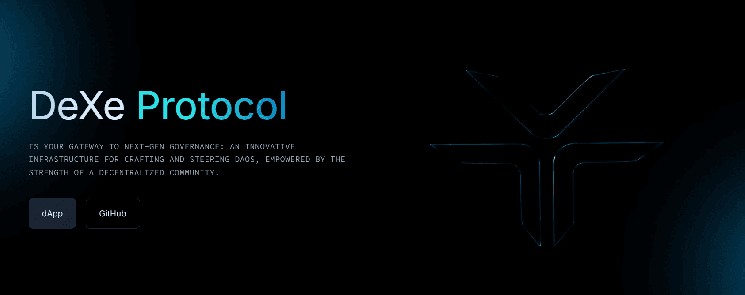A couple of days ago, Babylon announced the launch of staking on Bitcoin.
Technically, it is not native staking on BTC, but restaking.
In fact, it is possible to put your BTC in staying on Babylon, taking advantage of the Proof-of-Stake of their native blockchain (which is not the original one of Bitcoin.
The restaking of Bitcoin
Babylon Labs announced that starting from April 11, 2025, its Bitcoin staking service has been successfully activated.
From a technical standpoint, this is done by using BTC to provide security to another blockchain based on Proof-of-Stake (PoS), the so-called Babylon Genesis. In return, one can obtain a reward.
This is a trustless and auto-custodial staking, which should therefore allow Bitcoin holders to maintain custody of their BTC.
The project of Babylon was conceived in 2023, and therefore required two years of development to be able to enter the market.
Babylon staking has now entered its two-week pivot phase, which includes a maximum of 1,000 BTC. Once this period ends, Babylon staking will become permissionless, allowing everyone to join.
In the future, there will be a Phase 3, with which the Babylon staking protocol will extend beyond its own blockchain, allowing any decentralized network to leverage Babylon Genesis for the security and liquidity of Bitcoin staking.
“`html
Bitcoin and DeFi
“`
As of today, the Bitcoin blockchain is the third in the world for TVL in DeFi, surpassed only by Ethereum and Solana.
However, until 2024 it had never clearly surpassed the billion dollars of TVL.
Starting from October 2024, however, there was a boom, which in just two months brought it above $7 billion. Subsequently, it slightly decreased, but the current $5.1 billion puts it ahead of BSC, Tron, and Base, and just slightly behind the $7 billion of Solana.
It should be noted that by now Babylon is the DeFi protocol on Bitcoin with the highest TVL, so this recent rise is due precisely to this project, which now exceeds 4.1 billion dollars in TVL.
Nansen’s Research
On April 11, Nansen published a research by Jake Kennis stating that Babylon could be a cornerstone for the next major chapter of Bitcoin, thanks to restaking.
In fact, by allowing BTC to protect PoS chains while earning rewards, Babylon is laying the foundation for an emerging BTCfi ecosystem, in which Bitcoin is not only held but actively used.
Moreover, in this specific case, BTC holders can stake it on the Babylon blockchain in a trustless manner, without the need for wrapped assets. In this way, approximately 50,000 BTC have already been staked, with ongoing integrations with Osmosis, XPLA, and BOB.
Kennis points out how Babylon has already recorded impressive metrics, completing its launch in three phases, with phase 2 active since April 10. According to the Nansen analyst, the groundwork would be ready for Babylon to become an essential component for BTC, unlocking the most liquid asset in DeFi.
However, it also adds that it still needs to gain support. In the past, other similar protocols, like Eigenlayer, have faced difficulties, with excessive inactive TVL and relatively uninteresting APR, due to poor adoption.
But according to Kennis, the solutions offered by Babylon have a greater chance of faster adoption, particularly because BTC-based LSTs represent a huge advantage for users who can dive in immediately.
On the other hand, the boom of TVL DeFi on Bitcoin is clear: Babylon has started off strong, bringing Bitcoin back up from the depths of a ranking still dominated by Ethereum but with more and more competitors.















Leave a Reply